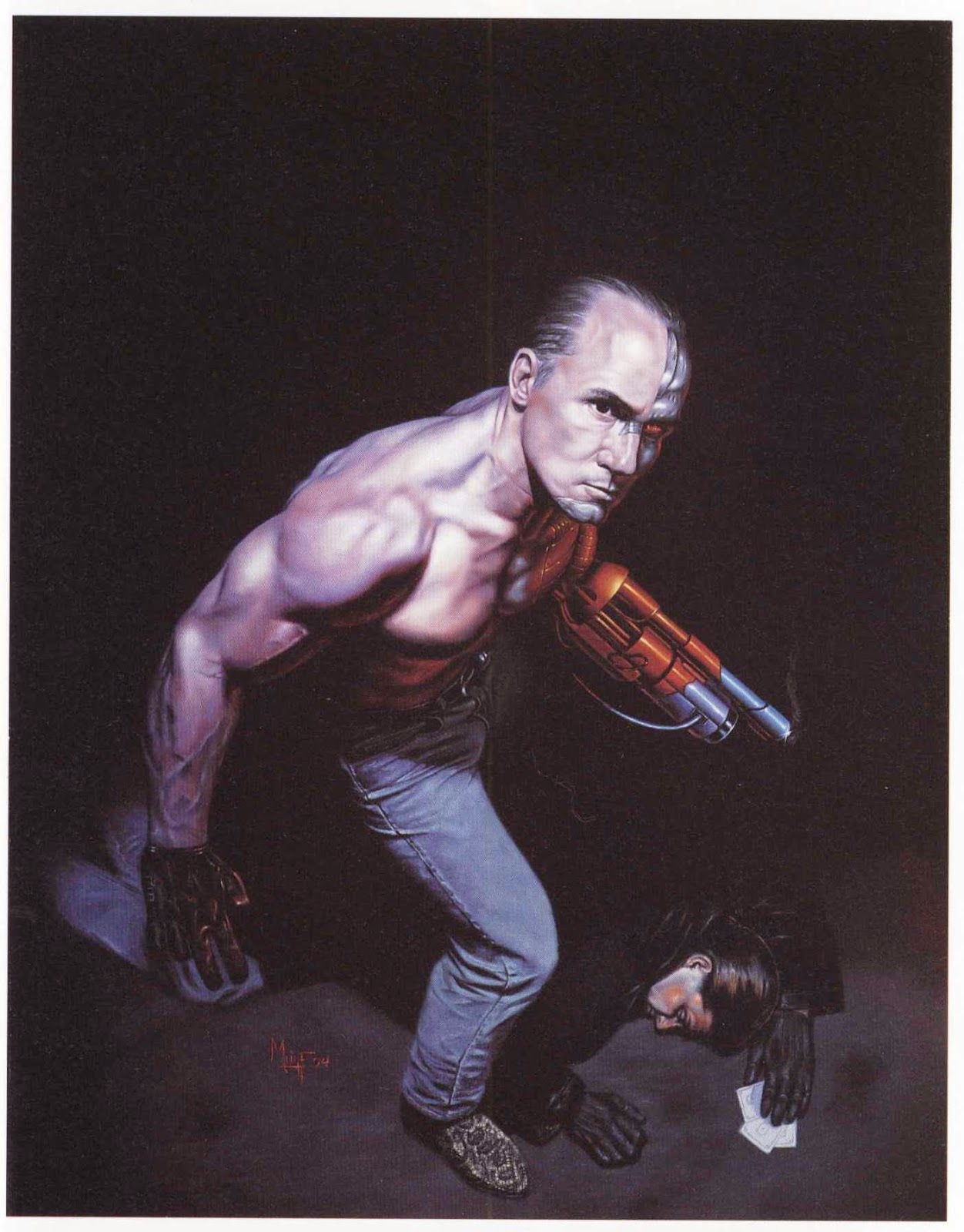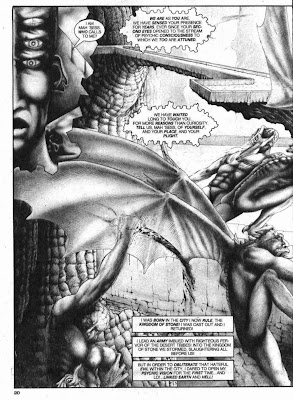from Infinite Worlds by Vincent Di Fate, Penguin Studio / The Wonderland Press, 1997
untitled, C. A. M. Thole
untitled, Manuel Sanjulian
Don Maitz, The Electric Forest, 1979
Joe Mugnaini, The War of the Worlds, 1964
Kevin Murphy, untitled
James Warhola, Callahan's Touch, 1994
Barclay Shaw, Dr. Adder, 1984
Doug Rosa, The Land of Terror, 1965
Michael Whelan, Armenia, 1990
Darrell K. Sweet, David Starr, Space Ranger, late 70s - early 80s
David B. Mattingly, How to Save the World, 1995
Don Ivan Punchatz, untitled (Star Trek aliens)
Tom Kidd, Sherlock Holmes Through Time and Space, 1984
Fred Pfeiffer, The Mystery on the Snow, 1972
Paul Lehr, untitled, 1988

















































































